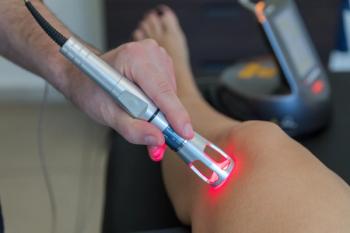
Are you prepared to treat STDs?
In speaking at the 2018 AAD Summer Meeting in Chicago, one doctor recommends that dermatologists in training learn more about diagnosing and treating STDs due to increasing prevalence.
In his presentation on sexually transmitted diseases (STDs) at the 2018 AAD Summer Meeting in Chicago, Ted Rosen, M.D., Baylor College of Medicine, Houston, suggested that dermatology residents learn more about diagnosing and treating syphilis and other STDs.
The prevalence of syphilis in the U.S. increased 17.6 percent within one year from 2015-2016, which, according to Dr. Rosen citing the Centers for Disease Control and Prevention, is the highest reported rate since 1993. Other STDs have also become more prevalent: Chlamydia and gonorrhea increased 4.7 percent and 18.5 percent, respectively, over the last five years.
Sexually transmitted diseases are important because, if left untreated, they can cause infertility, life-threatening ectopic pregnancy, stillbirth, birth defects, an increased risk for HIV transmission or acquisition, cardiac and neurologic dysfunction, soft tissue destruction, internal organ damage, carcinoma, and even death, he said.
Dr. Rosen reviewed some treatment recommendations for early syphilis, which include:
• Doxycycline 100mg BID x 14 days
• Tetracycline 500mg QID x 14 days
• Ceftriaxone 1-2g IM x 10-14 days
• Azithromycin 2.0g, single dose
Because syphilis is resurgent, it is important to check the oral mucosa. The disease manifests as an extragenital chancre (primarily lip and tongue) in 5 percent of cases. Syphilis may also show up as a mucous patch, glossitis and pharyngitis, a condyloma lata or a gumma.
Extreme facial eruption and asymptomatic hair loss are two likely signs of syphilis. For hair loss, the hair is patchy or “moth-eaten” and is rarely diffuse and generally non-scarring.
REFERENCE
Ted Rosen, M.D. “SOO1 – Hot Topics in Medical Dermatology, Sexually Transmitted Diseases.” American Academy of Dermatology 2018 Summer Meeting, Chicago, Ill. July 26, 9 a.m. – Noon.
Newsletter
Like what you’re reading? Subscribe to Dermatology Times for weekly updates on therapies, innovations, and real-world practice tips.
















